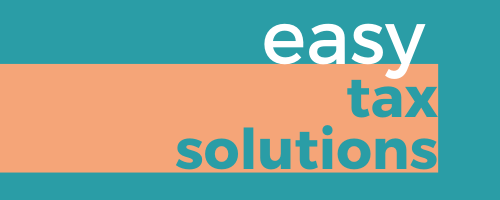Why do I have to pay PAYG instalments?
When taxpayers have business or investment income, instead of waiting till tax time to collect the tax owing, the ATO issues Pay As You Go (PAYG) instalments to progressively pay tax instalments.
These instalments then get credited to the amount of tax owing when the taxpayer lodges their tax return.
Income Threshholds
The threshhold income amounts before an individual is required to pay PAYG are as follows:
· Business and investment income in the most recent tax return of $4,000 or more;
· Tax payable on their latest notice of assessment of $1,000 or more; and
· Estimated tax for the current income year of $500 or more.
For companies, they either:
· Have business and investment income in their most recent tax return of $2 million or more;
· Have estimated tax for the current income year of $500 or more; or
· Are the head of a consolidated group.
When does a taxpayer enter the PAYG instalment system?
Once a tax return has been lodged with business or investment income, the taxpayer will be automatically entered into the PAYG instalment system when the return is assessed. This is why new businesses often have double tax in their second year of business – they not only have to pay the tax from their tax assessment notice, but they will start paying PAYG tax instalments in advance for the next financial year. To smooth out cash flow, taxpayers can voluntarily start paying PAYG instalments to avoid large tax bills in the second year of business.
How often are PAYG instalments payable?
Most taxpayers pay PAYG instalments on a quarterly basis, although they may be eligible to make an annual PAYG instalment payment if their estimated tax amount (notified by the ATO) is less than $8,000. To change the frequency of the PAYG instalment, an election must be made before the due date of the first PAYG instalment for the income year ie the due date of the September quarter instalment.
What are the PAYG instalment payment options?
When the taxpayer receives the PAYG instalment notice from the ATO, they can choose between two options to calculate how much to pay.
The easiest and most popular option is to pay the quarterly instalment amount that the ATO has calculated. The other option is where an instalment rate is applied to the business and investment income to determine the instalment amount.
What happens if business or investment income changes?
If the total PAYG instalments for the year are greater than the expected income tax liability, the taxpayer can vary the instalment amount. This may be the case where income is lower than the prior year, if there has been a change in business structure, if there has been a significant change in trading, or if the business has ceased or investments sold.
There is no requirement to vary the instalments as the overpaid tax will be credited to the overall yearly income tax liability, however most taxpayers choose to apply a variation to the PAYG instalment.
Care should be exercised when varying an instalment, as the ATO may impose general interest charges if the varied instalments are less than 85% of the total tax payable.

